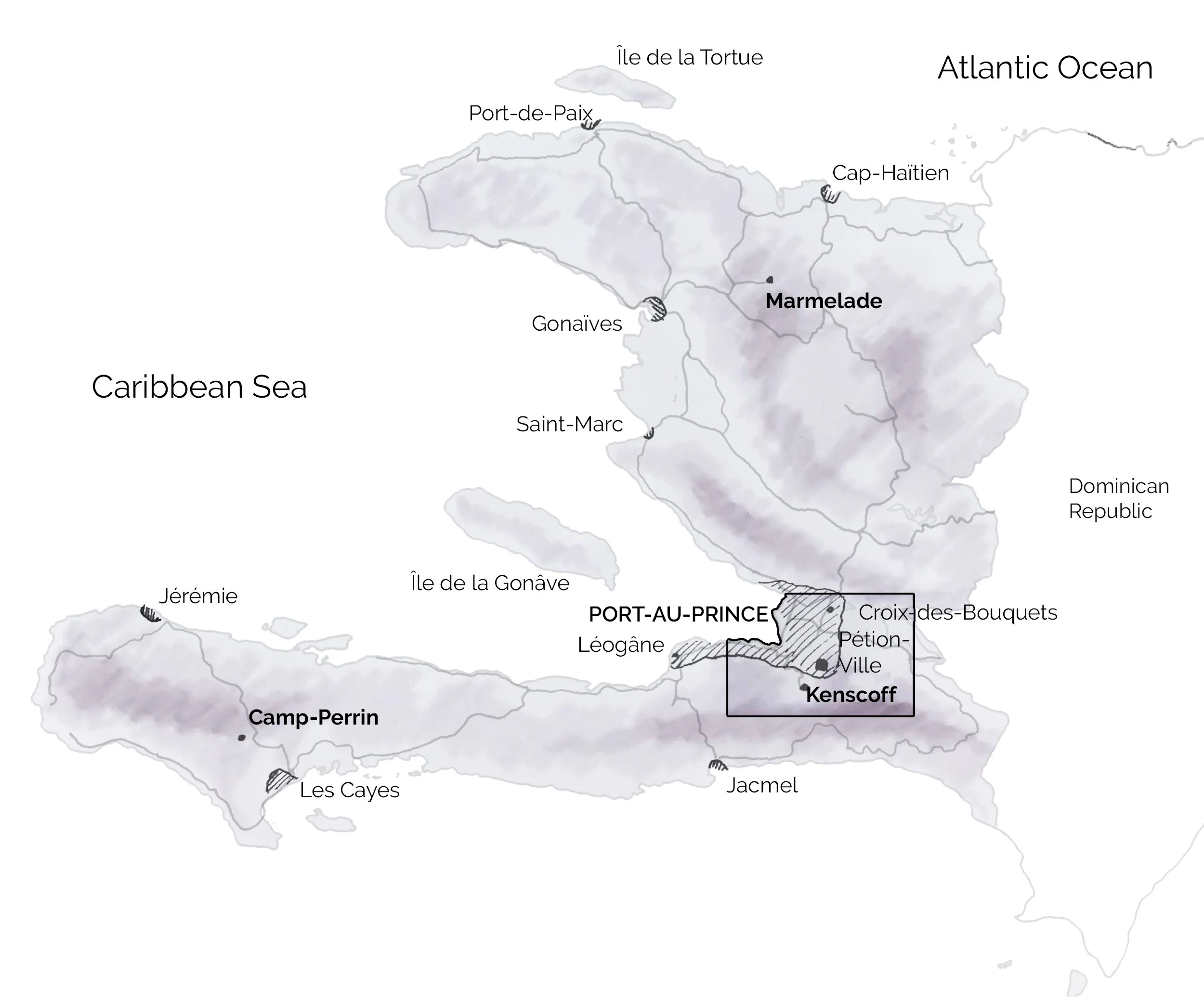Haiti–Cuba Bamboo Project
The Haiti–Cuba Bamboo Project builds upon the established legacy of the AA Visiting School Haiti, a program focused on experimental bamboo architecture as a response to environmental and housing challenges. Originating as a hands-on educational initiative, the initiative promotes ecological restoration, through design innovation and material research.
Collaborators
In its next phase, the project extends to eastern Cuba, focusing on the regions of Holguín, Santiago de Cuba, and Guantánamo. These areas share similar topography and climate with Haiti’s bamboo-growing regions, making them ideal for comparative study and cross-cultural collaboration.
Research Objectives:
Identify and map bamboo resources across the three Cuban regions, including species types, availability, and supply chain networks.
Compare these findings with existing data from Haiti to understand shared ecological and material characteristics.
Assess the potential for bamboo applications in sustainable construction across Cuba.
Develop pathways to integrate bamboo studies and construction techniques into Cuban architectural curricula, emphasising practical material and building skills.
The overarching goal of the Haiti–Cuba Bamboo Project is to create a shared body of knowledge relevant to both nations, which possess a latent potential for bamboo in the built environment. Both Haiti and Cuba face similar growing conditions, seismic and hurricane risks, and infrastructural challenges, making this collaboration uniquely positioned to develop practical, resilient, and sustainable design strategies. By linking the two contexts through research and education, the project seeks to strengthen regional capacity for sustainable building practices, contribute to reforestation efforts, and expand the global dialogue on bamboo as a renewable construction resource.
Publications









